Product Description
One day longer on trek, climbing a natural, rather than man made path, the Machame Route is a more demanding but much quieter and scenic route up the mountain. Overnights are spent camping in tents which are carried and pitched by the accompanying porters. Highlights of this route are the Shira Plateau, Barranco wall and the Karanga Valley reaching the summit via Stella Point.
Because this route is more taxing it is recommended that trekkers should be physically fit and with the additional day on trek to assist with acclimatization there is a good chance of reaching the summit.
DAY 1
Arrive at Mountain Inn in time for an early evening pre-climb briefing on the trek, dinner and overnight stay.
DAY 2
Drive to Kilimanjaro National Park Gate at Machame for the first section of the climb through the montane forest to Machame Campsite at 10000ft/3000m. for overnight camp taking 5 to 7 hours. Overnight Machame camp
DAY 3
Following the steep ridge and across heath and moorland to ‘picnic rock’ and the Shira plateau, to Shira Campsite at 12500ft/3800m for overnight camp taking 5 to 7 hours. Overnight Shira camp
DAY 4
Heading towards Kibo, crossing a broad valley and climbing to a ridge crest, crossing scree slopes and a river valley to reach Barranco Campsite 13000ft/3900m. for overnight camp taking 5 to 7 hours. Overnight Barranco camp
DAY 5
Cross the floor of the Great Barranco Valley, up the Barranco Wall to the Karanga river – the last water point on this route. A steep climb over rocky slabs to Barafu Campsite at 15500ft/ 4600m. for overnight camp taking 8 to 9 hours. Overnight Barafu camp
DAY 6
An early start for the summit – Uhuru Peak the highest point in Africa at 19340ft/5896m taking 6 to 7 hours. Descend via Barafu Campsite through the forest to Mweka Campsite at 10000ft/3000m. for overnight camp.- taking 5 to 7 hours. Overnight Mweka Camp
DAY 7
Descend through the forest to the park gate at Mweka Wildlife College taking 3 to 4 hours to met and transferred to Mountain Inn for dinner and overnight stay.
DAY 8
Breakfast at Mountain Inn. End of tour.
Kilimanjaro (5896m), the highest mountain in Africa, has less to offer the climber than Mt Kenya. However, some of the climbs are outstanding and the Umbwe route followed by the Heim Glacier is one of the world’s great mountaineering expeditions. Uhuru Peak is the highest point on Kibo, the main pudding shaped elevation. Mawenzi (5149m) is just lower than Mt Kenya, more jagged and separated from Kibo by The Saddle, a flat semi-desert area extending for 5km. Both mountains have poor rock. The majestic south-west face of Kibo is steep and heavily glaciated, extending for 5km and broken only by one easy passage – The Western Breach. The well-equipped Marangu route from the east supplies the easiest approach. Splendid forests and moorlands are followed by The Saddle; finally tedious scree leads to the Kibo crater and Uhuru Peak. The south-west side of Kibo is best reached by the remote and demanding. Umbwe or Machame routes – only suitable for experienced mountaineers. The high level Kibo South Circuit links the remote south-west areas with the Marangu route and provides magnificent views of the ice-cliffs. Uhuru Peak was first attained by H Meyer and L Purtscheller in 1889, and named by them after the German emperor, Kaiser Wilhelm Spitze.
FLORA AND FAUNA
The lower slopes of the mountains are heavily cultivated, in particular those to the south which receive plenty of rainfall. Elsewhere lower rainfall coupled with porosity of the lava soils makes conditions less suitable for cultivation. The forest belt which completely encircles the mountains and extends from ca1500m to 2900m provides the best conditions for plant life. Above the forest belt the porous soils and lower rainfall result in much sparser vegetation with semi-desert conditions prevailing above 4000m. The cultivated belt contains many small holdings (shambas) where bananas and various vegetables are grown. The area is also suitable for coffee and there are several major plantations. The southern, wetter forests contain camphor, podocarpus, fig and other trees; lush undergrowth harbours many giant ferns and Usnea (old man’s beard) drapes everything. Vines, mimulopsis and a multitude of flowers can be found in valleys and in clearer areas. The northern, drier forests contain podocarpus, junipers and olives. In contrast to Mt Kenya few large animals are encountered in this zone, though colobus and blue monkeys can often be seen but other inhabitants such as smaller antelopes and leopards are very shy. Many colourful birds are found here, the most noticeable being the Hornbill and the Turaco with its dark red wing markings.
The forests end abruptly without a bamboo zone as on most other East African mountains. Above, the rapidly thinning giant heather zone leads to the upper moorlands; here the giant groundsels and lobelias peculiar to high altitude tropical mountain zones are seen.
There are few animals other than rodents, though leopard spoor can often be detected. Eagles and buzzards soar high above and smaller birds such as the alpine chat and streaky seed eater can also be seen. In the higher moorland and alpine zones only a few tufts of grass, mosses and lichen are found, together with a few flowers such as the everlasting helichrysums and senecios.
PARK VISIT
Visiting the Park. Kilimanjaro National Park is well organised but very expensive. The average visitor for 5 days pays about $350 (in foreign exchange) before entry. This covers park fees and a mandatory guide. Bookings must be made and paid only through approved Tanzanian tour agents, who invariably offer packages that include a cook, food, porters and guides.
CLIMATE
As on Mt Kenya it is important to acclimatise well to enjoy the ascent of Kibo (see comments on Diamox in the Introduction). Routes start at less than 2000m and it is recommended that at least 3 days are taken to reach the final cone. The weather on Kilimanjaro, though generally drier, follows a similar pattern to that on Mt Kenya. The south-west glaciers have their winter season between May and late October. Snow cover is then at its best though conditions are often misty. The best weather is between January and March but usually by mid February the glaciers are becoming icy and devoid of snow.
ACCESS
Namanga or Taveta are the most convenient crossing points from Kenya.
Access: (i) Tarmac roads to the Marangu park gates. Nairobi to Namanga, 170km. Namanga to Arusha, 110km. Arusha to Moshi, 90km. Moshi to Himo, 27km. Himo to Marangu, 10km. Marangu to Marangu Park Gate, 7km. (ii) For Umbwe take the Moshi-Arusha road; 2km from Moshi dirt roads north lead to Umbwe in a further 14km. A dirt track continues for 3km to Kifuni and the park check point. Vehicles will not be allowed beyond here; the track enters the forest and becomes narrow and steep. (iii) For Machame take the Moshi-Arusha road for 9km to where a tarmac road north leads in 14km to Machame village. It is possible to drive with difficulty for another 6km. The park check point is at the edge of the forest. (iv) For Lemosho Route turn off the Moshi-Arusha road and drive through Ngare Nairobi on to Londorossi and the Shira Route Park Gate. Now a rough track leads into the forest and hence Lemosho Glades. This can be a very difficult drive in wet conditions.
Buses and matatus go from Nairobi to Namanga and on to Moshi regularly. From there, Marangu, Machame and Umbwe are all served by buses, matatus and taxis. Kilimanjaro International Airport lies just off the Moshi-Arusha road, 34km from Moshi. If travelling to or from Mombasa, the Taveta crossing may be used. Good services from Nairobi to Moshi include.
You carry only a small bag with your personal effects while your back pack, sleeping bags, clothes, food and kitchen gear are carried by porters. The group is guided by an experienced Mt. Kilimanjaro guide. Nights are spent in huts on the mountain and in small tents with foam mattresses in the foothills. Besides your normal effects, you are advised to bring a medium sized back pack, sleeping bag, warm clothes, good hiking shoes, nylon rain suit, a pair of sunglasses and sun block.
Transport from Arusha to your hotel and park gate, hotel on your first and last night, all food starting with evening meal on the first day and ending with breakfast on the last day, services of a mountain guide and porters, all hut fees, camping equipment, acclimatization tour to the equator.
MOUNT KILIMANJARO KIT LIST
This list covers equipment and clothing recommended for a Mount Kilimanjaro trek and safari. Your main bags will be carried by vehicles or porters. At all times you will only be walking with day-packs.
Day-pack – large enough to carry spare clothes, waterproofs, camera, lunch, drink, etc. Your main bag should be a large kit bag or ideally a rucksack which is easier for porters to carry. This should weigh less than 16 kg for the Mount Kilimanjaro section. A light kit-bag is useful for storing any gear not needed on the mountain section.
Sleeping bag: A good 4 season bag. Temperatures can be minus 10 C high on Mount Kilimanjaro. A quality liner is useful for extra warmth, upgrading a 3 season to a 4 season bag. Full length zip useful for ventilation on warmer nights.
Sleeping mat: e.g. Karri mat or Thermarest non-slip.
Water bottle: 1 litre, (1.5 litre if you need to drink a lot) Purifying tablets or iodine – juice drink powders to disguise the taste.
Torch: Spare bulbs, batteries. Head torch useful but not essential. Small spare torch.
Walking pole/s: Highly recommended by some, awkward for others – try one out first.
Camera: Plenty of film. Spare camera batteries and cleaning kit, dust proof camera bag.
The following list of clothing is provided as a guideline only. But your clothing should allow you the flexibility to cope with the range of weather conditions you may encounter on this trip.
Clothing: underwear, light cotton/ polycotton for general wear, and insulating next-to-skin (“thermal”) vest and long johns for the cold or wet days on the trek. Socks suitable for walking and general wear. T-shirts, long sleeved shirt, sweatshirt, trousers/skirt for general wear. Walking shirt. Warm pullover/jersey, warm fleece or down jacket. Walking trousers, skirt or breeches. Walking shorts. Track suit (for evenings in camp, and as an extra layer when cold). Thick jacket (fleece, fibre-pile, or pile and pertex mix). Waterproof and windproof jacket/cagoule and over trousers. Walking boots – well broken in. Thickish soled training shoes or light walking boots. Sandals/flip-flops. Gaiters for keeping out stones, seeds, scratches etc. Sunglasses, sun hat, (packable/collapsible), warm hat/balaclava, warm gloves, scarf, neckerchief, swimming costume.
Other kit: Towel, toilet kit, spare specs, and personal first aid kit (e.g. sticking plasters, lint, antiseptic cream, aspirins/paracetamol, antihistamine, malaria pills and any special personal medication). Sun cream, insect repellent, lip salve, wet wipes, sewing kit. Binoculars for bird/animal spotting, plant, bird and wildlife guides. A wristwatch with an alarm function is useful for early starts. Use strong plastic bags inside your rucksack to keep out rain and dust.
Documents: Passport, passport photocopy (main page only), travelers cheques, insurance certificate, etc all in a secure money belt/pouch. Wallet for day to day use. Diary, notebook. If you have spare items of clothing, boots, or kit you don’t use anymore, and some unused baggage allowance, please bring them specifically to give to our local members of staff (porters, guides, etc.) – they will be greatly appreciated. People often overlook this item only to regret it when they’re out in Africa and realize how useful their things would have been to the locals.

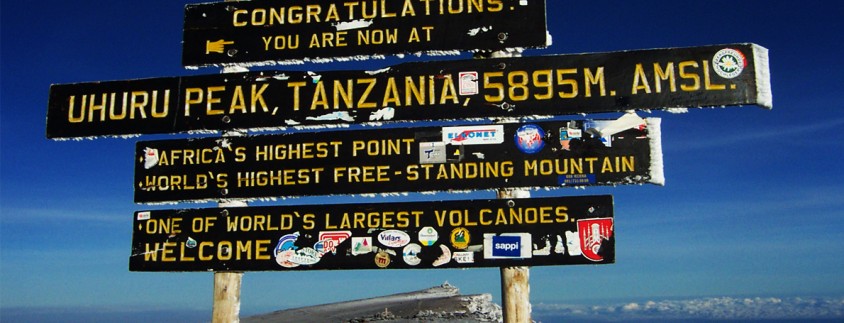
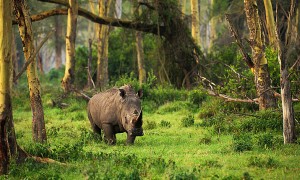
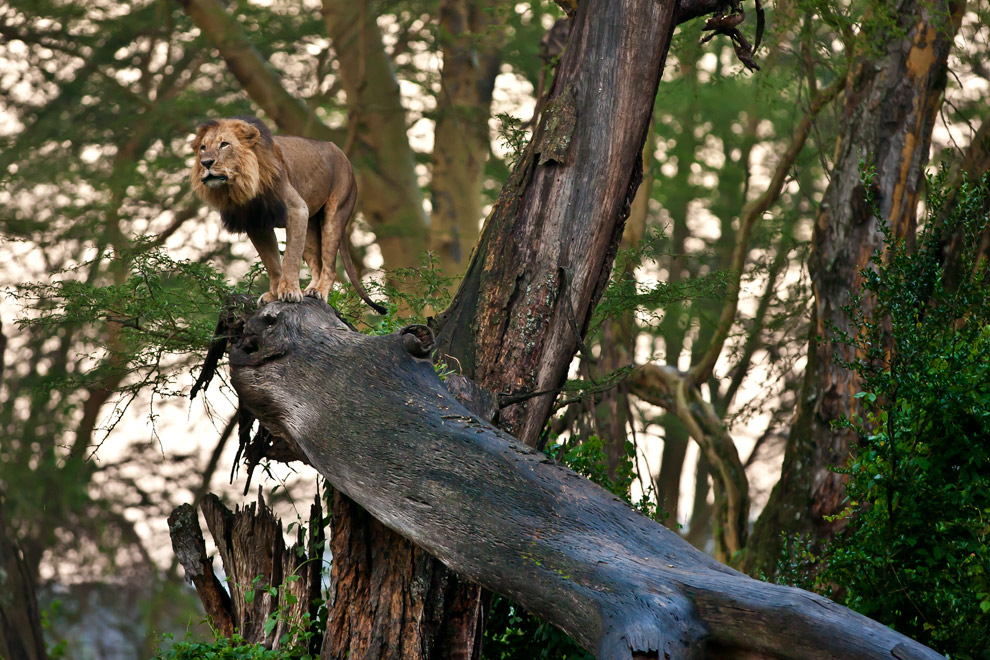
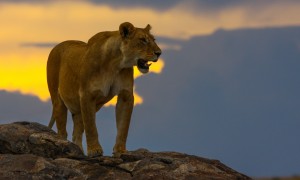
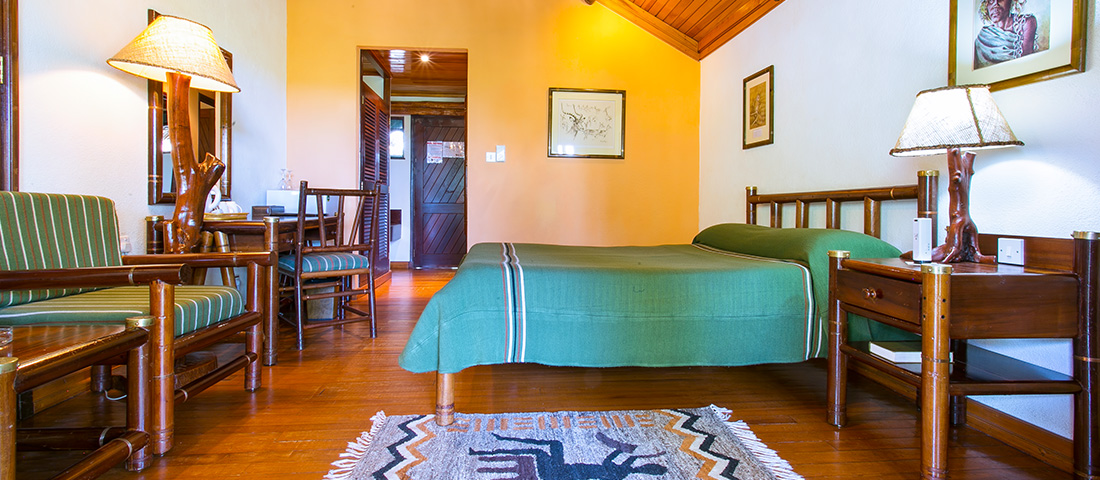
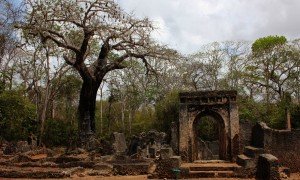
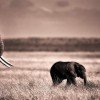
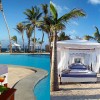

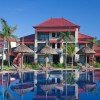
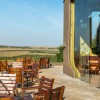
Reviews
There are no reviews yet.